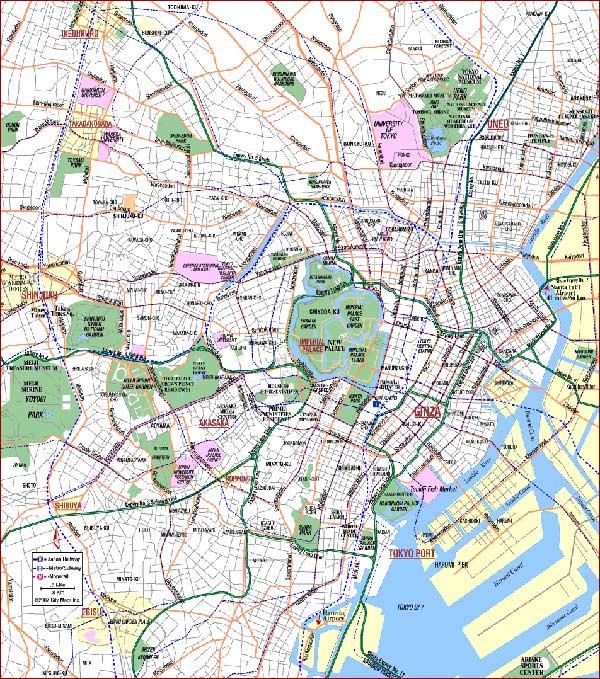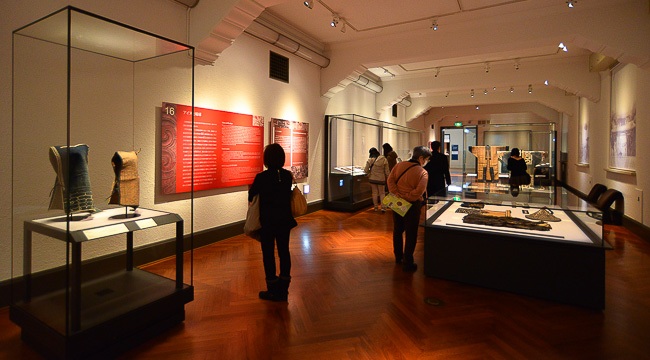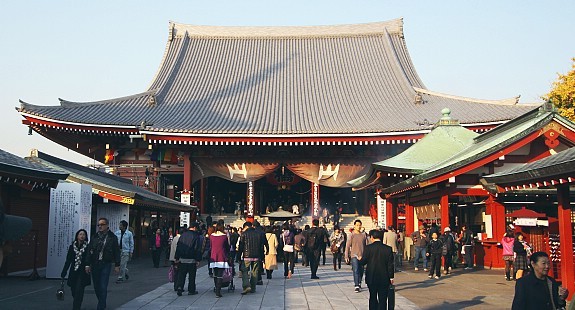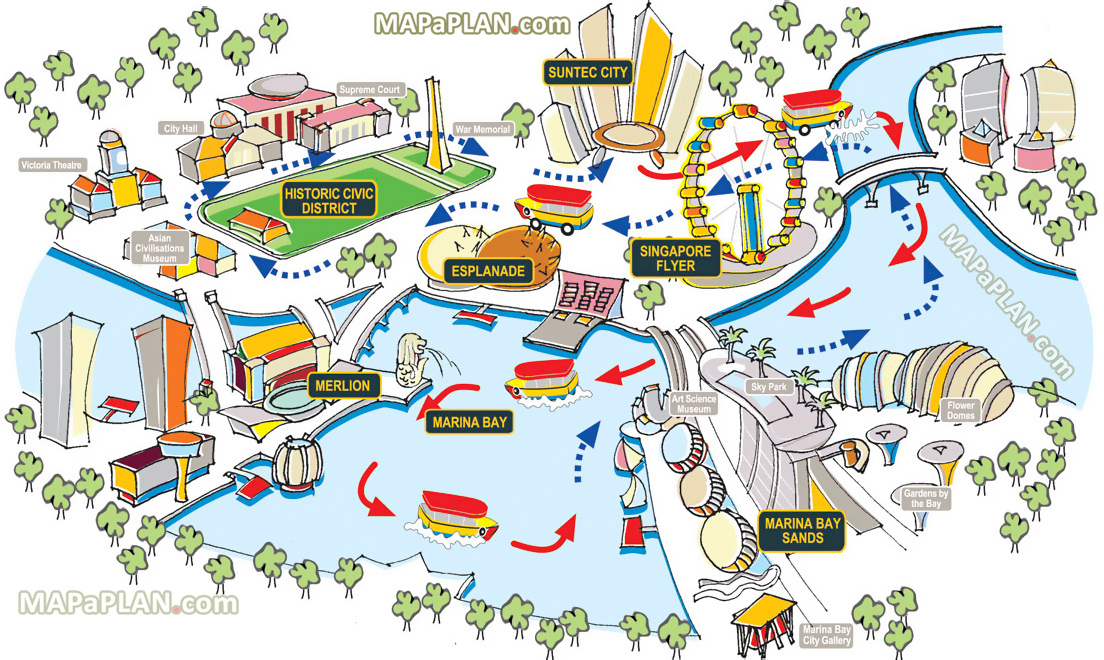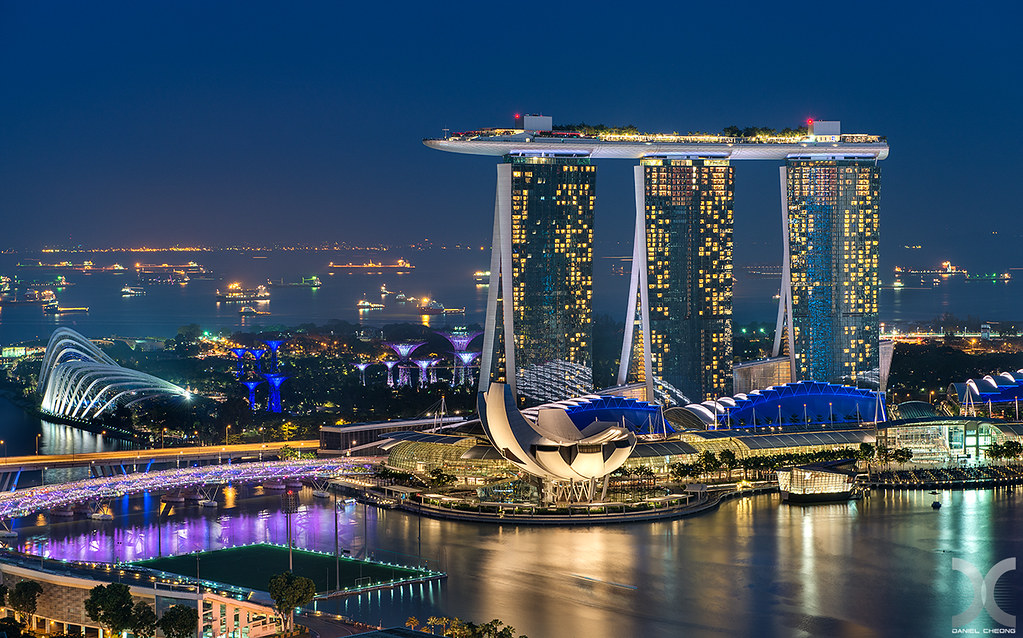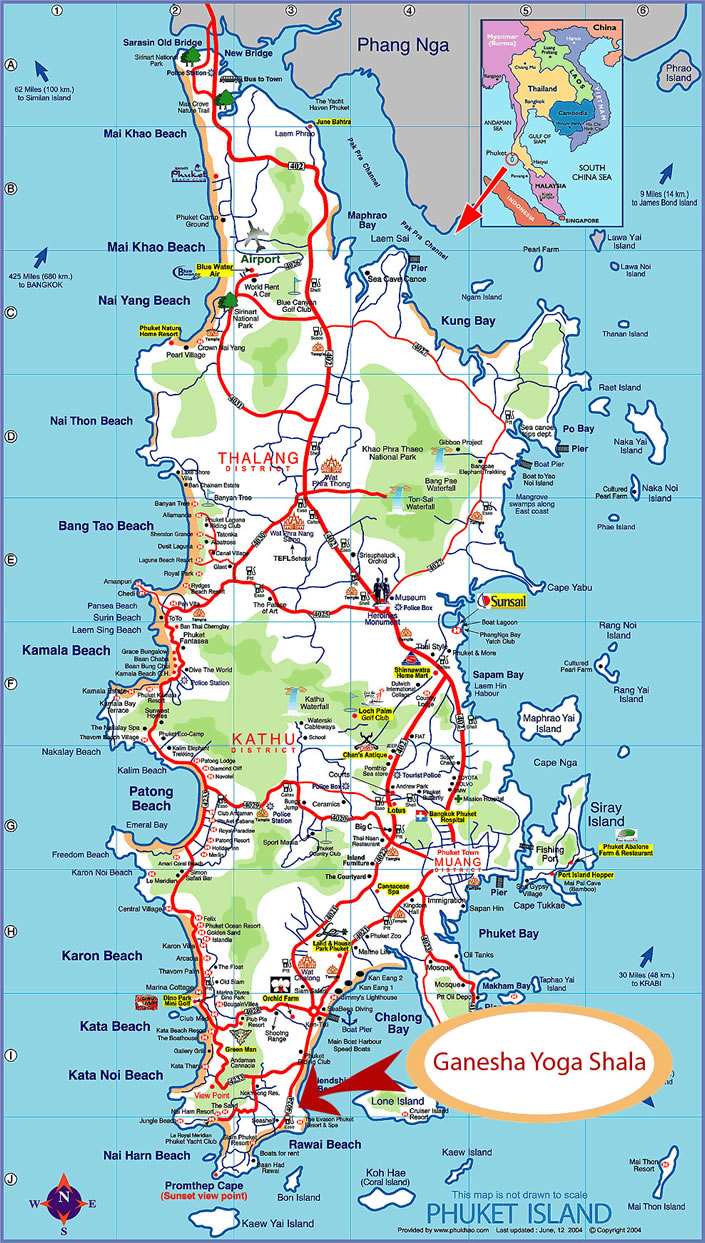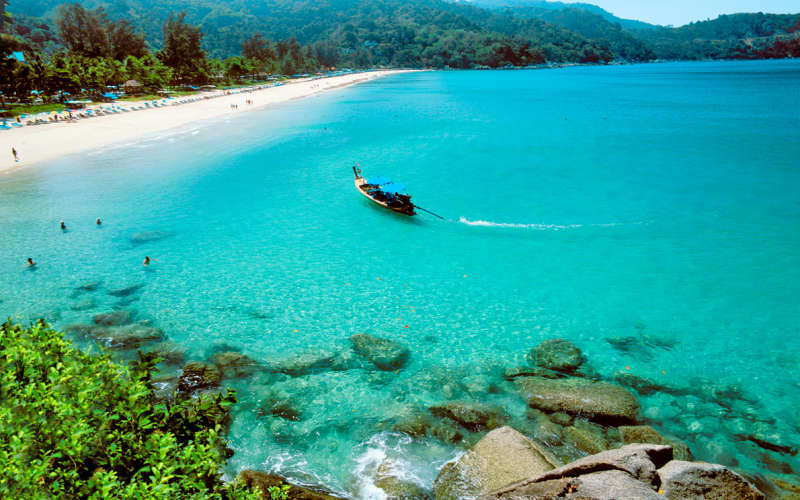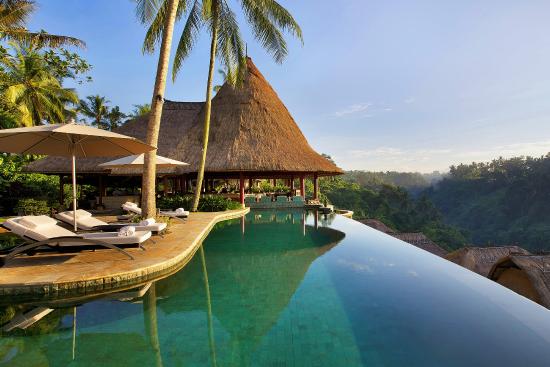
Cherry blossom petals caught on a breeze, the burble of a water fountain permeating the silence of a peaceful rock garden, a pair of elegantly dressed geisha flitting between wooden tea houses ... Kyoto is the Japan of the past, the Japan of your imagination. Standing as Japan's capital from A.D. 794 to 1868, Kyoto has thrived as a hub for Japanese culture, art and education. Given the city's respect for its history, it's not surprising that millions of people visit Kyoto each year for a snapshot of imperial Japan.
But no matter where you point your lens, modern-day Japan is sure to make it into the frame. Centuries-old Shinto shrines and pagodas share the city with the headquarters of companies like Nintendo and electronics manufacturer Kyocera. Kyoto's blend of ancient and contemporary makes it a vibrant city that certainly isn't stuck in the past. But if it's the past you seek, Kyoto will bring your imaginings to life.
Best thing we can do at Kyoto
1. Fushimi inari Shrine

Kyoto, Fushimi Inari is a 1,300-year-old temple dedicated to Inari, the Shinto deity of rice and sake (Japanese rice wine). The shrine complex dates back to the 8th century, but it's not the star of the show. Most visitors come for the close to 10,000 red and orange lacquered torii gates that line the 2.5-mile-long path up Mount Inari, where the shrine sits. Sometimes in dense rows and other times more staggered, the gates are all engraved with the names of Shinto devotees who donated them.
It takes about three hours to make the trek up the mountain, and some recent visitors say that the hike is mildly strenuous. But there are plenty of places to stop and rest along the way. Peer at the dozens of stone and bronze foxes that line the paths along with the gates (foxes are thought to be Inari's sacred messengers). Or stop in to one of the tea houses or restaurants situated on the path, which serve udon noodle soup and sushi. Because crowds are drawn to their picturesque beauty, Fushimi Inari's trails can get quite congested during the day. To avoid the multitudes, opt for an evening stroll up the mountain — recent visitors say the pervading quiet coupled with the fading light filtering through the trees and torii gates makes for an eerie and spiritual experience.
2. Kiyomizu Temple

Situated on Otowa Mountain in eastern Kyoto, Kiyomizu Temple wows travelers with its stunning natural scenery, which visitors say is best viewed from the verandah off the temple's main building. The "stage," as it's called, sits atop huge pillars more than 40 feet above the hillside and affords visitors panoramas of the surrounding forest. Those views are even more beautiful in the spring when the cherry blossoms are in bloom or in the fall with the changing foliage. When you're done taking in the temple's surrounding beauty, you are invited to drink from the Otowa Waterfall, which gave the temple its name ("kiyomizu" means "pure water"). The waterfall is divided into three streams, each of which is said to bring longevity, academic success or love, respectively. But according to temple etiquette, drinking from all three streams is bad luck, so don't be greedy.
Also within in the complex is the Jishu Shrine, a red-lacquered temple dedicated to Okuninushi-no-mikoto, the Shinto god of love. Visitors who can successfully walk between two stones outside of the shrine with their eyes closed (the stones are about 20 feet apart) will supposedly have their love-related wishes granted. Along with toying with their fates, recent travelers also enjoy the souvenir shops found along the path to the temple. Many visitors insist that Kiyomizu Temple should be on every Kyoto traveler's to-do list, though one TripAdvisor user warns, "Go as early as possible in the morning because it becomes very crowded later in the day."
Kiyomizu Temple opens at 6 a.m. every day of the year, and closes between 5:30 and 6:30 p.m. daily, depending on the season. On certain holidays, the temple hosts special night hours. For ordinary visiting hours, admission is 300 JPY (about $3 USD) for adults and 200 JPY (about $2 USD) for students. Special night admission costs 400 JPY (about $4 USD) for adults and 300 JPY (about $3 USD) for students
3. Gion
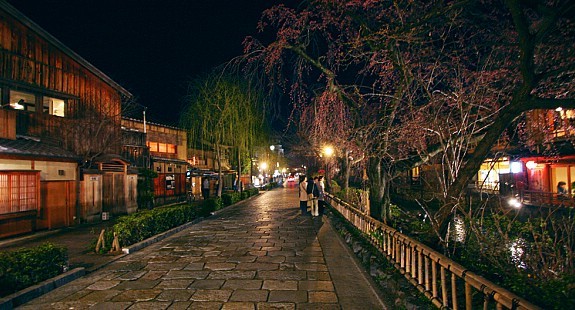
Recent visitors to Gion are wowed by its quaintness (though some travelers note that hordes of camera-wielding tourists can detract from the scenery). This neighborhood is known for its charming historic features: historic tea houses, willow-lined roads, kaiseki (Japanese haute-cuisine) restaurants, wooden ryokan (Japanese guest houses) and shops selling local crafts and antiques. But all of those things are secondary to Gion's real source of fame — the geisha. Visitors to Gion may catch a glimpse of these extravagantly dressed women flitting between tea houses on wooden-sandaled feet.
Contrary to western belief, geisha are not prostitutes. A geisha's primary role is entertainment; she is hired to provide diversions at dinner parties and banquets in the form of singing, dancing, games and conversation. But they are more than mere performers: Geisha are living, breathing gatekeepers of ancient Japanese culture. They train from an early age in traditional Japanese art, dance and music, and perform at exclusive dinners in ochaya (tea houses), usually only for locals. While tourists can arrange geisha dinners as well, it will put quite a dent in a travel budget. Hiring one geisha for the evening can cost about 50,000 JPY (around $500 USD), while the meal itself can cost 10,000 to 30,000 JPY (around $100 to $300 USD) per person. A less costly way to see Gion's geisha in action would be to check out the daily geisha performances at the Gion Corner theater, which cost 3,150 JPY (about $32 USD). Or, if you're visiting during April, you can catch the Miyako Odori dance festival — geisha dance performances, which are held four times daily during the festival at the Gion Kobu Kaburenjo theater, cost between 2,000 and 4,500 JPY (about $20 to $45 USD) per person. You may also see geisha strolling through the neighborhood; keep a polite distance and refrain from photographing them without explicit permission.
Video travelling kyoto





